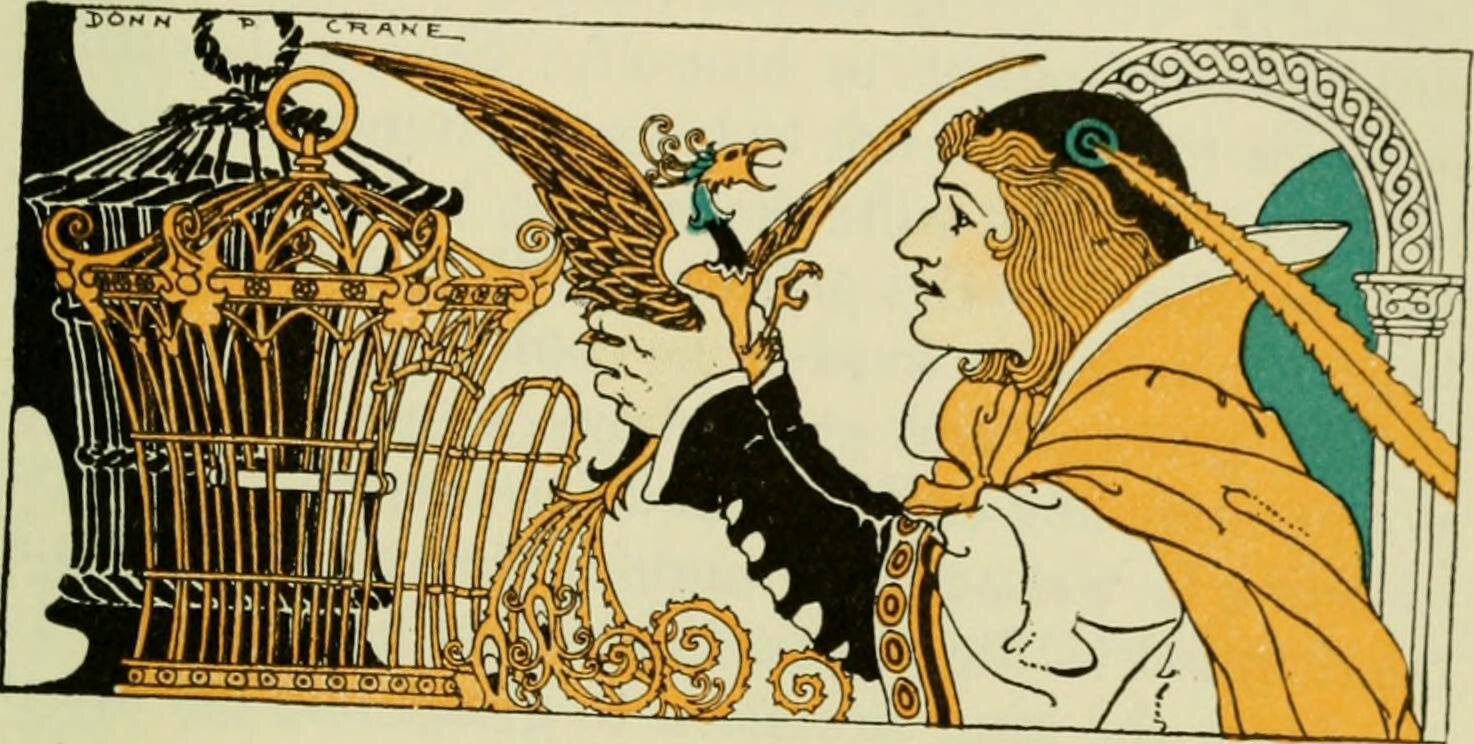Maybe you don't get it, but that doesn't mean you won't
“Just, please don’t send me on a quest. I’m not good at those.”
The dining room table was strewn with tiny cardboard circles, little wooden figurines, and stacks of laminated cards.
These were familiar elements of Euro-style board games by now, but now we were playing a brand new game. Examining the pieces — like fifteen different kinds of pieces — I couldn’t make sense of any of it. I tried to be patient as my husband read the rules, but I found myself getting sleepy and struggling to concentrate. The words passed through me without meaning. As he turned the pages, I didn’t feel as though I was getting any closer to knowing how to play this game.
Later — probably half an hour, but it seemed like three — we commenced play. And this is the magic of board games: When you finally start playing, everything clicks. There were some things to check on in the rule book and some clarifications to make, but we got it.
You see that every little piece has a role to play. What had seemed like total chaos was actually a painstakingly designed, carefully constructed system. And once you see how it all fits together, you wonder how you could have had any confusion over it. The mechanics are quite simple, even though there is complexity in the possible permutations. Similarly, once you know how to read, it doesn’t matter that there are infinite ways to combine words into letters. You just pay attention to the meaning.
Whenever I learn a new board game, I think about my students and how many of them jump to the conclusion that there is something wrong with them when they don’t understand something. Forced to learn on someone else’s timetable, they came to believe at age ten or seven or even five that they just wouldn’t “get it,” no matter how hard they tried.
I can empathize, because that is how it feels when you’re in the middle of it. There’s no way to see how you’ll ever understand it, because you don’t understand it. It’s like a train that hasn’t arrived at its destination yet. You look out the window and you can’t see the city skyline, so you don’t trust that the train is even on the right track. Maybe it’s not even moving!
The difference between my struggling students and me is that I believe that eventually, if I persist, I’ll get where I’m going. My students, faced with a proportional challenge, may have already given up, for reasons that are perfectly logical if you look at it from their perspective. However, if you see “not getting it” as a normal stage along the journey toward “getting it,” there is a reason to continue. You see that one state of being can lead to the other — confusion doesn’t prevent or preclude eventual clarity.
When students finally see the light, they often turn around and beat themselves up for taking so long to get there. This, too, is a misunderstanding of the learning process. Once you hear the joke, of course the punchline seems obvious. Once you know how the story ends, you can never un-know it. When you learn something, it will often seem easy or self-evident in retrospect. That doesn’t mean you were stupid or slow to have struggled. It’s a natural aspect of gaining knowledge.
For people who can’t tolerate the discomfort of not knowing, puzzles and math problems are torture. But such activities actually help you to strengthen the mental agility that improves your problem-solving ability. That is, doing puzzles and solving problems makes you smarter. Hesitant students can practice solving problems in low-stakes situations and get better at figuring stuff out. And the more they see the process of going from “not knowing” to “knowing,” the more confident they will be that they can make this happen consistently.
It can feel hopeless when you’re struggling with something that everyone else seems to have figured out already. But our future doesn’t have to match our current reality. If we keep at it, we will get it, just as surely as a train headed from one city to another will eventually arrive at its destination.
